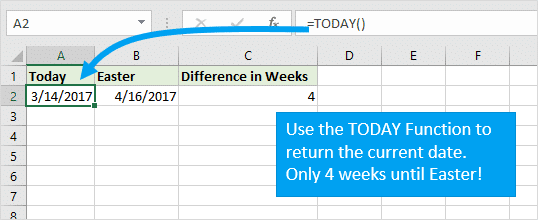

- GOOGLE SHEETS WEEK NUMBER TO DATE HOW TO
- GOOGLE SHEETS WEEK NUMBER TO DATE FULL
- GOOGLE SHEETS WEEK NUMBER TO DATE ISO
If you want to find the week number of today's date, you can use the TODAY() function in combination with WEEKNUM: =WEEKNUM(TODAY()).When entering dates as text, use the format "YYYY-MM-DD" to ensure that Google Sheets correctly interprets the date.Here are some tips and tricks to help you get the most out of the WEEKNUM formula in Google Sheets: For example, to find the week number of the date 30 days after January 1, 2022, use the formula: =WEEKNUM("" + 30) This will return 5, as the date 30 days after January 1, 2022, falls in the fifth week of the year. Using a date returned by another formula: If you want to find the week number of a date that is the result of another formula, you can use the WEEKNUM formula in combination with that formula.
GOOGLE SHEETS WEEK NUMBER TO DATE ISO
GOOGLE SHEETS WEEK NUMBER TO DATE HOW TO
Let's explore some examples of how to use the WEEKNUM formula in Google Sheets: Weeks begin on Monday, and the first week of the year contains the first Thursday of the year (this is the ISO week numbering system). There are two options:ġ (default): Weeks begin on Sunday, and the first week of the year contains January 1st.Ģ.

There are two arguments in the WEEKNUM formula: The WEEKNUM formula in Google Sheets has the following syntax: =WEEKNUM(date, ) We will cover the syntax, examples, tips and tricks, common mistakes, troubleshooting, and related formulae for the WEEKNUM function. This can be incredibly useful for organizing and analyzing data based on weeks, such as sales data, project timelines, or employee schedules. The WEEKNUM formula is a powerful and versatile function that allows you to calculate the week number of a specific date. It will then populate your Google Sheet automatically with data from Google Analytics so you can view or email the spreadsheet or access it in Google Data Studio.In this comprehensive guide, we will explore the WEEKNUM formula in Google Sheets. Go to Add-Ons > Google Analytics > Schedule reports and set your report to run each Monday morning.
GOOGLE SHEETS WEEK NUMBER TO DATE FULL
Test your report and you should find that Google Analytics can now calculate your weekly data for the last full week, provide a comparison for the previous week and compare the last week to the same ISO week last year.

These will allow you to calculate the Monday and Sunday of the last full ISO week, the Monday and Sunday of the previous ISO week, and the Monday and Sunday of the same ISO week last year. We’ll be replacing these dates with some automatically calculated relative dates that you can either store in the Report Configuration worksheet or a separate one.įor each of the relative dates you wish to calculate, add one of the below formulae, given it a label, and then map it to the Start Date or End Date cell in the report. The “Start Date” and “End Date” fields in here can take a value like “30daysAgo”, “yesterday”, or a date i.e. When you create a new Google Analytics API report in Google Sheets it will create a new worksheet called “Report Configuration” which holds each of the API requests you’re running. You can acces the ISO week number via the API using ga:isoweek instead of ga:week. Choose your week typeīy default, Google Analytics uses a US-style week format in which weeks start on Sunday and end on Saturday, instead of the “correct” ISO week format we use in the UK in which weeks start on a Monday and end on a Sunday. However, to run a scheduled weekly report, you’re going to need to provide specific dates to the API, for which you’ll need to calculate dates relative to the current date. The Google Analytics add-on for Google Sheets allows you to use the Google Analytics reporting API to create custom weekly reports and schedule them to run.


 0 kommentar(er)
0 kommentar(er)
